Social media has changed the way young adults think about money and status. Many millennials are willing to stretch their budgets to buy things that make them look successful, even if it means sacrificing savings. From designer labels to exotic vacations, these purchases are less about need and more about image.
1. Designer Clothing and Accessories

Luxury fashion brands have become the ultimate badge of success for young adults. A single Gucci belt or Prada handbag can transform an entire outfit into something that screams wealth. Many millennials save up for months just to afford one statement piece that will get noticed.
Social media plays a huge role in this trend. Posting photos with recognizable logos gets likes and creates an image of success. Off-White sneakers or a Louis Vuitton bag become conversation starters and social currency.
Rather than building a full wardrobe of expensive items, most focus on key pieces. That one designer item gets worn repeatedly in different settings. It becomes their signature look that separates them from everyone else wearing fast fashion.
2. High-End Coffee and Dining Experiences
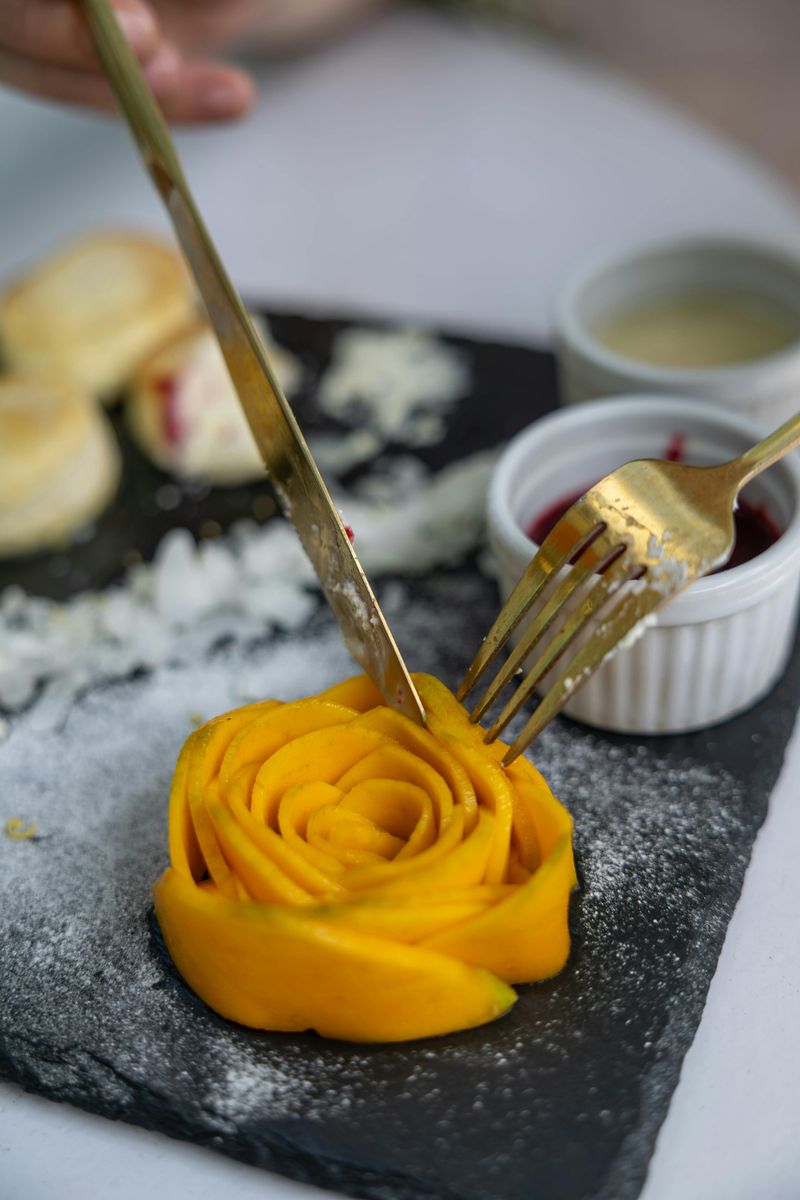
Your daily coffee habit might cost more than your phone bill. Artisan coffee shops charging six dollars for a latte have become second homes for image-conscious millennials. These spaces offer more than caffeine—they provide an aesthetic backdrop for social media content.
Brunch culture has exploded into a full lifestyle movement. Waiting an hour for avocado toast at a trendy spot is considered normal. The food needs to look as good as it tastes because photos will be shared before the first bite.
Gourmet restaurants and unique dining experiences create stories worth telling. Farm-to-table meals and chef tasting menus become personality traits. Spending money on memorable food experiences feels more valuable than buying physical items that collect dust.
3. The Latest Tech Gadgets
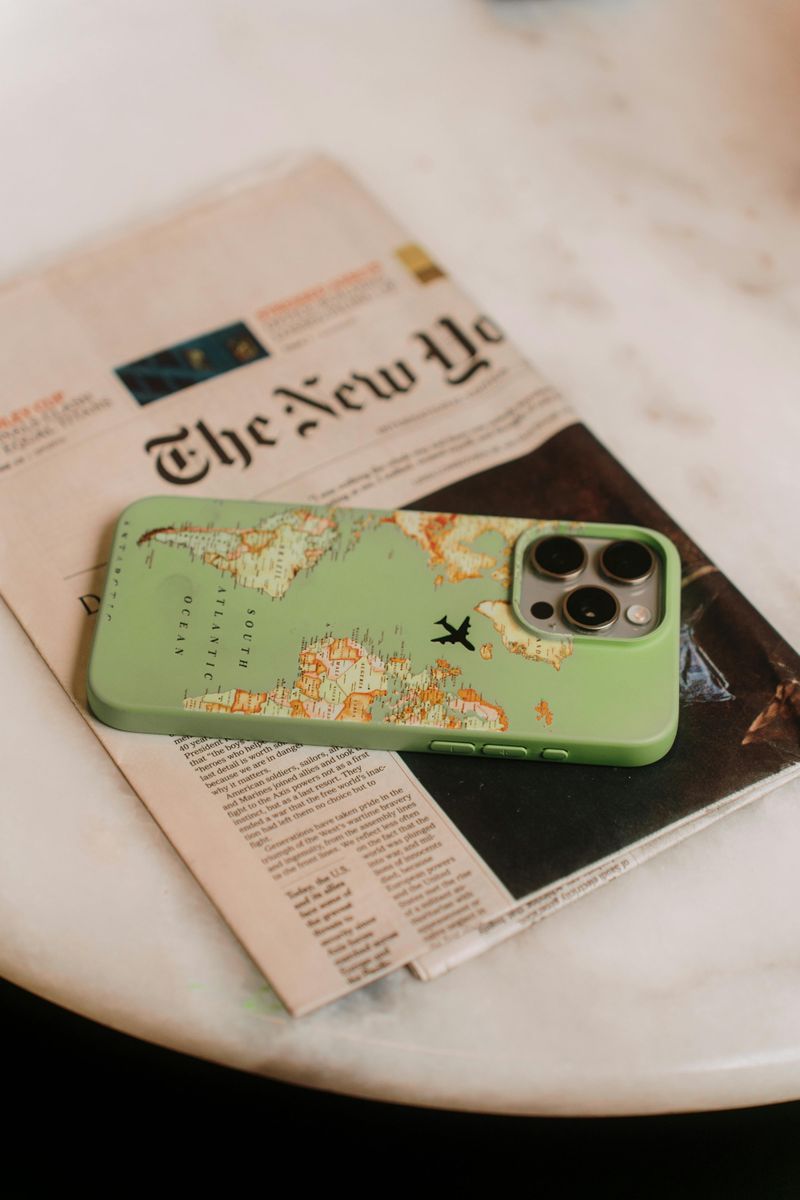
Having last year’s phone model feels like wearing outdated fashion. Every fall brings a new iPhone release, and millennials line up to upgrade even when their current device works perfectly fine. The newest technology serves as both a practical tool and a status symbol rolled into one shiny package.
Smartwatches and high-end laptops complete the tech-savvy image. An Apple Watch Ultra or MacBook Pro signals that someone values quality and stays current. These gadgets become part of personal branding in professional and social settings.
Unlike previous generations who used devices until they broke, millennials see technology as fashion. Regular upgrades keep them looking successful and connected. The hefty price tags feel justified because everyone notices what phone you pull out.
4. Stylish Cars or Luxury Car Rentals
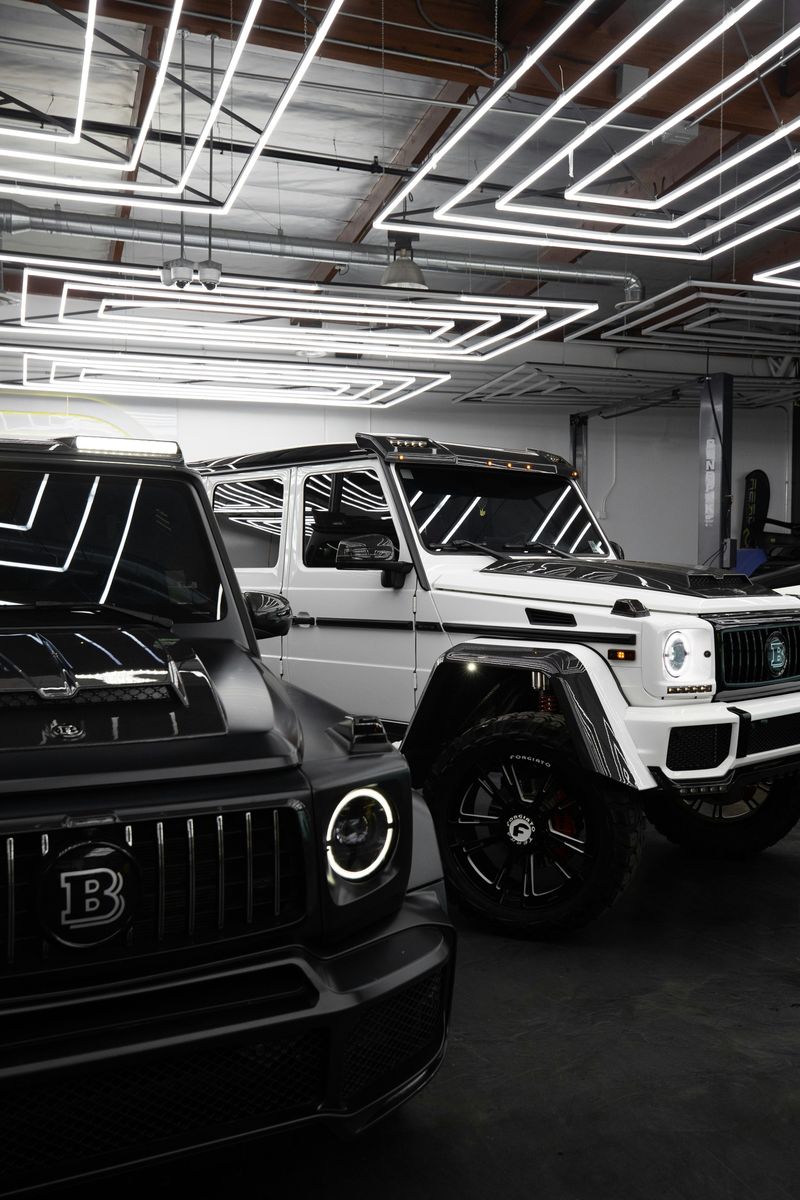
Forget buying a house—many young adults would rather drive a BMW. Leasing luxury vehicles allows millennials to cruise in style without the commitment of ownership. Monthly payments might be steep, but the image payoff feels worth every dollar spent.
Short-term luxury car rentals have become popular for special occasions and photo opportunities. Renting a Mercedes for a weekend creates content that lasts far longer than the actual rental period. Friends and followers see success on wheels, not a temporary arrangement.
Did you know? Studies show millennials prioritize experiences and image over traditional assets like real estate. A flashy car provides daily satisfaction and constant visibility. Parking that luxury vehicle in front of a restaurant or club makes an entrance before you even step out.
5. Luxury Travel and Experiences

Passport stamps have replaced material possessions as the new measure of wealth. Millennials book trips to Bali, Santorini, and Dubai to capture envy-inducing content. Boutique hotels with infinity pools become temporary homes that look perfect on Instagram feeds.
Travel experiences communicate freedom and success in ways物 物 possessions cannot. Curated adventures like hot air balloon rides or private yacht tours create memories and social proof. Every destination gets researched for its visual appeal before booking.
Rather than saving for retirement, many young adults invest in trips that build their personal brand. The photos and stories from these adventures become part of their identity. Exotic locations serve as backdrops that separate their lifestyle from ordinary vacation snapshots at generic tourist spots.
6. Chic Apartments and Interior Design
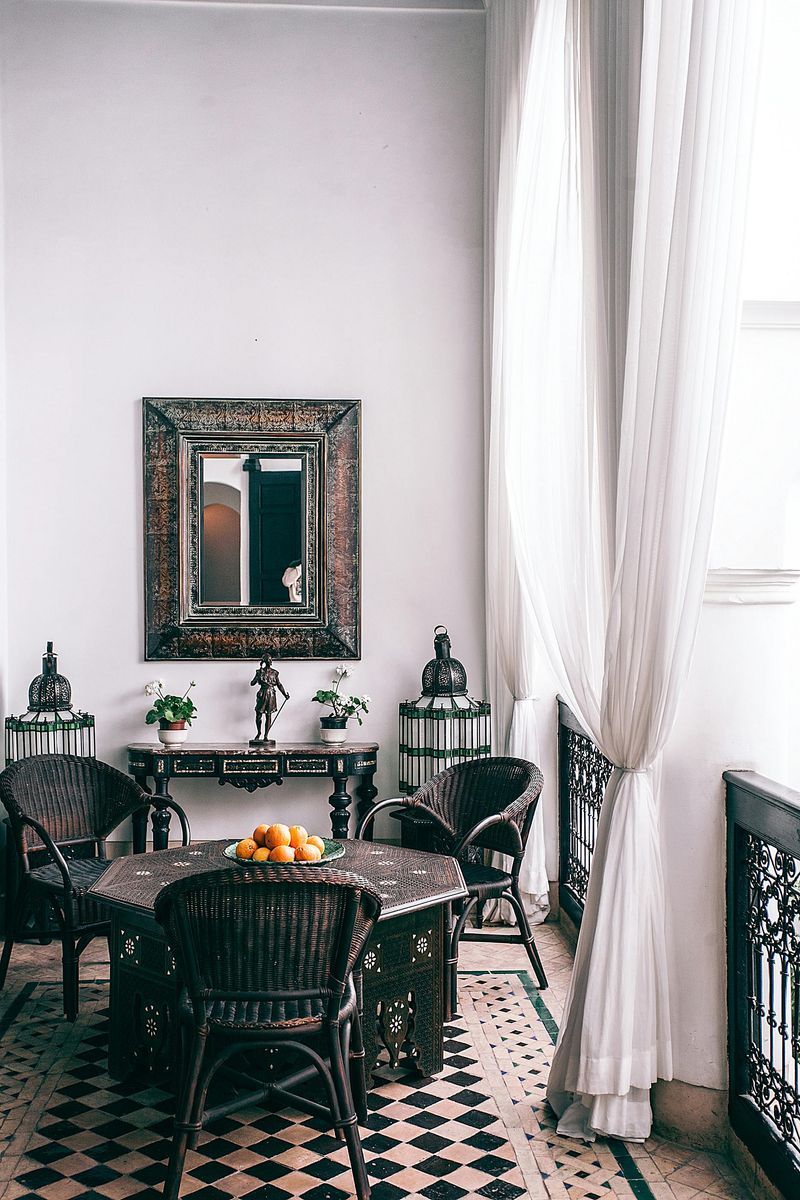
Home has become the ultimate content studio. Millennials spend heavily on making their living spaces look expensive and perfectly curated. Minimalist furniture from West Elm and trendy decor from Urban Outfitters transform basic apartments into magazine-worthy spaces.
Every corner needs to be camera-ready for video calls and social media posts. Floating shelves display carefully arranged books and plants. Accent walls and statement lighting create visual interest that photographs beautifully for housing tours online.
The investment goes beyond comfort—it builds an aesthetic identity. Followers get glimpses into a lifestyle that appears more expensive than reality. Even renters pour money into temporary spaces because the visual payoff extends beyond physical walls into digital impressions that last forever online.
7. Designer Watches and Jewelry
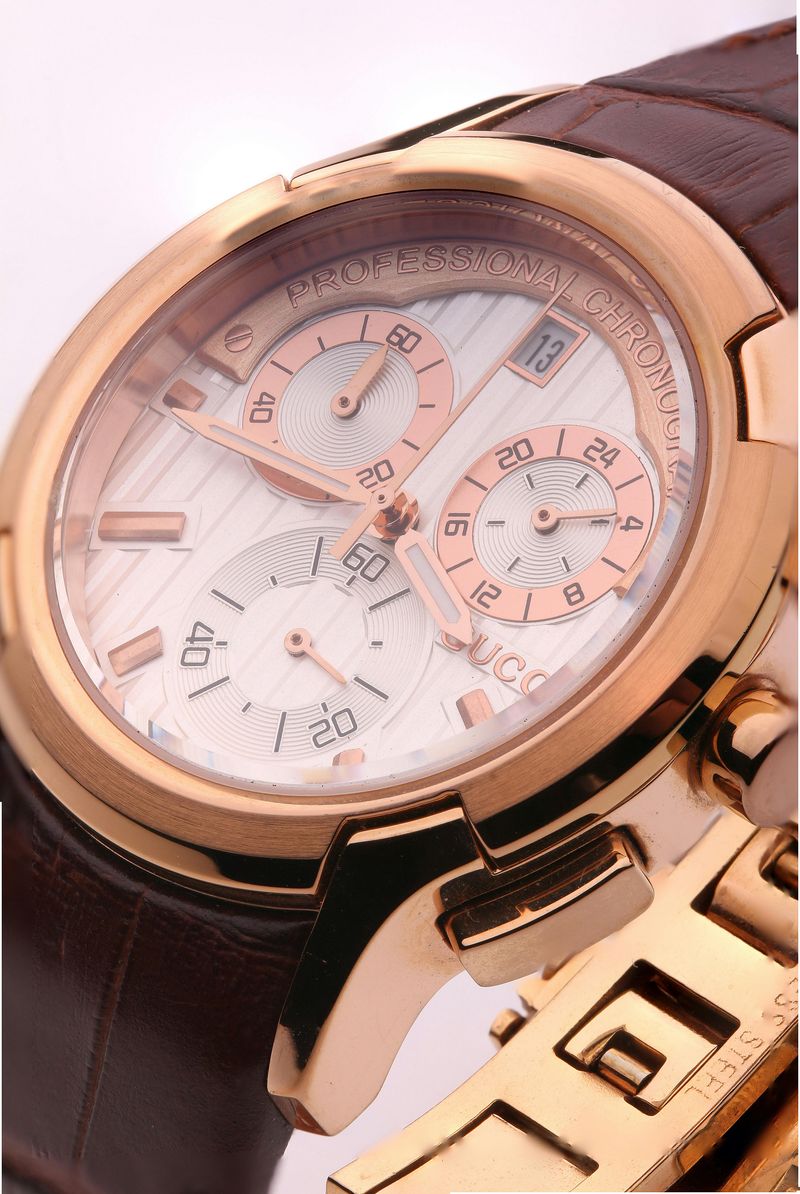
Small accessories make big statements about wealth. A Cartier Love bracelet or Rolex watch speaks volumes without saying a word. These pieces become permanent fixtures that elevate every outfit and signal financial success in subtle but unmistakable ways.
Even tech accessories get the luxury treatment. An Apple Watch Ultra with designer bands merges functionality with status. Jewelry becomes an investment piece that holds value while broadcasting taste and affluence to everyone who notices.
Unlike clothing that wears out, quality watches and jewelry last for years. They appear in countless photos and become signature elements of personal style. Millennials view these purchases as smart investments that pay dividends in perceived wealth every single day they wear them proudly.
8. Premium Self-Care and Beauty

Self-care has evolved from bubble baths to expensive lifestyle choices. Boutique fitness classes costing thirty dollars per session have replaced traditional gym memberships. SoulCycle and Barry’s Bootcamp offer more than workouts—they provide community and social status among wellness-focused millennials.
Premium skincare routines featuring brands like Drunk Elephant or La Mer have become standard. Multi-step regimens get documented and shared online as part of personal branding. Looking good requires investment, and millennials treat their appearance as their most important asset.
Spa memberships and regular beauty treatments signal that someone values themselves enough to spend serious money. This spending category feels justified because it combines genuine wellness with outward displays of affluence. Taking care of yourself becomes both necessity and flex.

Comments
Loading…